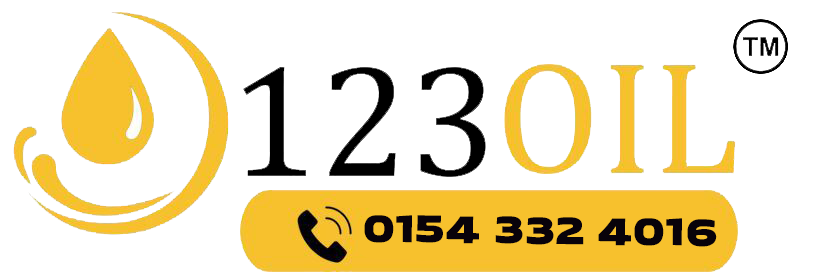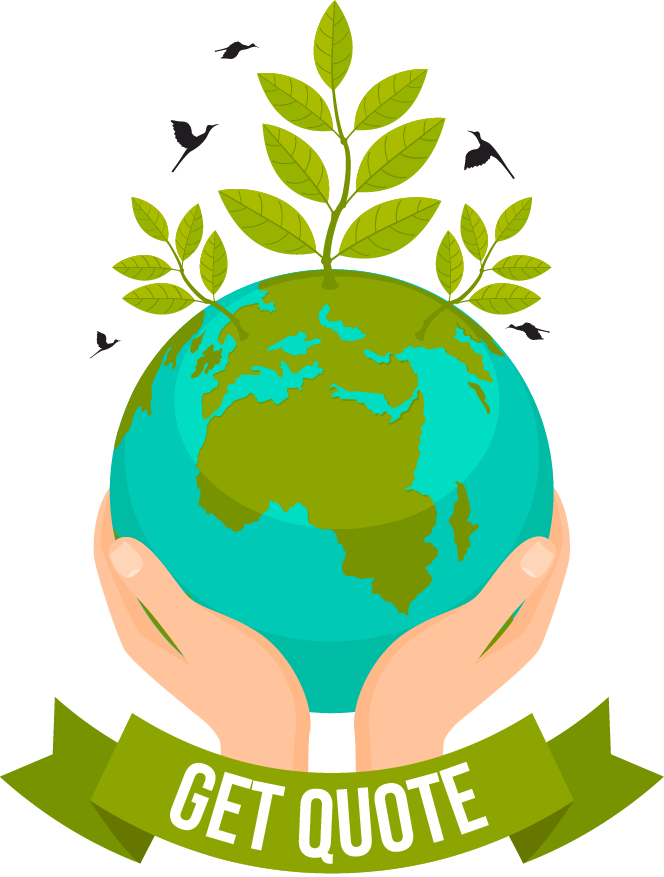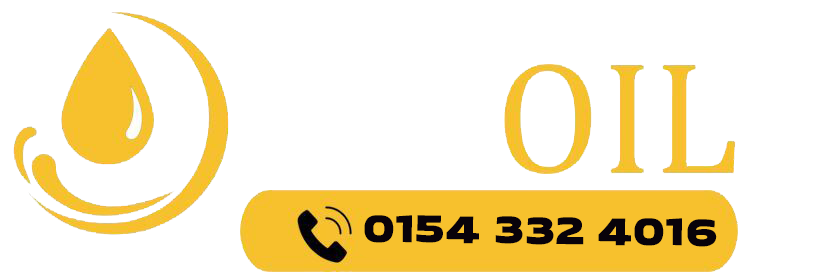When it comes to versatile, multi-purpose fuels, kerosene and paraffin are often part of the conversation. These fuels have been integral to human progress, powering everything from home heating systems to jet engines, and even lighting remote areas. However, while the terms are frequently used interchangeably, especially in the UK, there are subtle but important distinctions between them. Knowing these differences can help you make better decisions about which fuel is most suitable for your needs.
In this comprehensive guide, we will explore the origins, properties, applications, and differences between kerosene and paraffin, along with practical advice for their use.
What Are Kerosene and Paraffin?
Kerosene and paraffin are both derived from crude oil, through a process known as fractional distillation. This method separates hydrocarbons at different boiling points, creating fuels suited for varied applications. While they share many similarities, their refinement levels and intended uses often set them apart.
- Kerosene: Also referred to as “28-second oil,” kerosene is a clear, low-viscosity hydrocarbon liquid. It is less refined than paraffin, making it more cost-effective but with higher impurities. Commonly used for home heating systems, aviation, and industrial applications, kerosene is celebrated for its high energy output and affordability.
- Paraffin: A purer derivative of kerosene, paraffin undergoes additional refinement to reduce impurities. This process results in a cleaner-burning fuel, with minimal soot or odour, making it ideal for indoor uses such as lamps, stoves, and even some cosmetic applications.
A Brief History of Kerosene and Paraffin
The history of these fuels dates back to the mid-19th century. The name “kerosene” originates from the Greek word *keros*, meaning wax, as early versions were derived from coal tar and shale oils before petroleum took over as the main source. Meanwhile, paraffin wax, another form of paraffin, became popular for candles, lubricants, and even crayons.
In many regions, kerosene and paraffin are treated as synonyms, which can lead to confusion. For example:
- In the UK, “paraffin” is the term often used for what Americans would call “kerosene.”
- Globally, kerosene is more recognised, particularly in industrial and aviation sectors.
Key Differences Between Kerosene and Paraffin
While the overlap is significant, there are key distinctions to understand:
Refinement and Composition:
Kerosene is a less refined fuel, making it more affordable and widely used in heating systems and industrial applications.
Paraffin, being a more refined version, burns cleaner and produces less odour or soot. It is often enriched with additives to enhance its indoor usability.
Applications:
Kerosene is used for home heating systems, powering jet engines, and running industrial machinery. It’s the go-to fuel for large-scale energy needs.
Paraffin is ideal for more delicate tasks, such as lighting lamps, powering small stoves, and even in cosmetic or medicinal uses like petroleum jelly.
Odour and Environmental Impact:
Kerosene emits a stronger smell and more soot when burned, which is tolerable in outdoor or industrial settings but less so indoors.
Paraffin’s refinement reduces its environmental impact and makes it safer and more pleasant for indoor use.
Terminology:
In regions like the UK, the terms are interchangeable in casual contexts. When purchasing from suppliers, ensure clarity on what is being supplied.
Common Uses of Kerosene and Paraffin
- Heating: For domestic heating, especially in off-grid homes, kerosene is the preferred choice due to its efficiency and cost-effectiveness.
- Lighting: Paraffin is widely used in lamps, particularly in areas without access to electricity. Its clean burn ensures a safer and brighter light.
- Aviation: Kerosene is the standard fuel for jet engines, powering planes globally due to its high energy output.
- Industrial Use: Factories often rely on kerosene for its affordability and ability to sustain powerful machines.
- Cosmetics and Medicine: Purified paraffin is a key ingredient in many products, including creams, ointments, and petroleum jelly.
How to Choose the Right Fuel
The choice between kerosene and paraffin depends on your specific needs. Here are some guidelines:
- For Heating: Kerosene is your best option if you’re looking for a cost-effective way to heat your home or power a boiler.
- For Indoor Use: Paraffin is the safer choice for stoves, lamps, or other enclosed spaces due to its reduced soot and odour.
- For Large-Scale Use: Industrial and aviation applications demand kerosene for its power and affordability.
- For Cosmetic or Medicinal Needs: Paraffin is the clear winner due to its purity and versatility.
Environmental Considerations
While both fuels have their advantages, it’s important to consider their environmental impact. Kerosene’s impurities mean it can emit harmful byproducts when burned, particularly in less-ventilated areas. Paraffin, thanks to its refinement, is a more environmentally friendly choice, especially for indoor applications.
Conclusion
Kerosene and paraffin may seem interchangeable at first glance, but their differences in refinement, cost, odour, and applications set them apart. Kerosene is the robust, cost-efficient workhorse of the fuel world, perfect for heating and industrial uses. Paraffin, with its clean-burning properties, is the refined choice for indoor lighting, cooking, and even personal care.
Understanding these distinctions ensures you get the right fuel for the job. Whether you’re heating a home, powering a machine, or lighting a lamp, knowing when to choose kerosene or paraffin will save you time, money, and effort.
How Can We Help?
Understanding the differences between kerosene and paraffin is crucial for choosing the right fuel for your needs. Whether it’s heating your home, lighting, or industrial applications, 123 Oil provides expert advice and high-quality fuel solutions. With refined and efficient products, we ensure your energy requirements are met effectively.
Call us today at 0845 257 1377 (24/7) or 01543 324 016 to discuss your heating or industrial fuel needs. Let 123 Oil guide you to the best choice for optimal performance and reliability.










